8. 12 Angry Men (1957, Sidney Lumet)
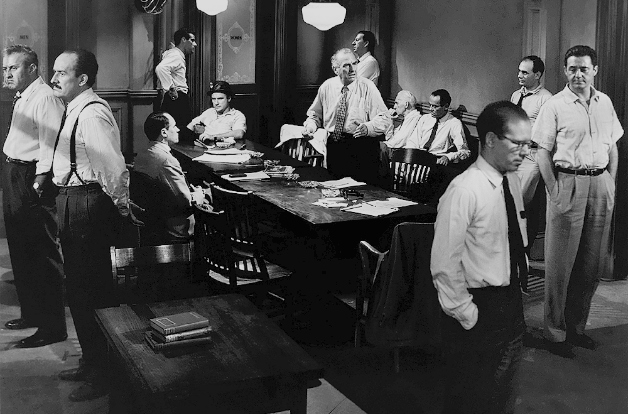
The jury is filing into the jury room to decide if a young Spanish-American is guilty or innocent of murdering his father. What begins as an open and shut case soon becomes a mini-drama of each of the jurors’ prejudices and preconceptions about the trial, the accused, and each other.
Probably the most popular film on this list, 12 Angry Men is another film (like Love Exposure mentioned earlier at number 14) which proves that you don’t need a big budget for a film to be successful or enjoyable.
All you need is good storytelling and interesting characters, this Sidney Lumet picture has both. Taking place in just one room for the entire 95 minutes, this tension filled movie is carried by clever dialogue and captivating performances for the entire running time.
It’s won a handful of awards over the years and is often declared as one of the best movies ever made, 12 Angry Men will inspire absolutely anyone who is interested in the art of film-making.
7. Come and See (1985, Elem Klimov)
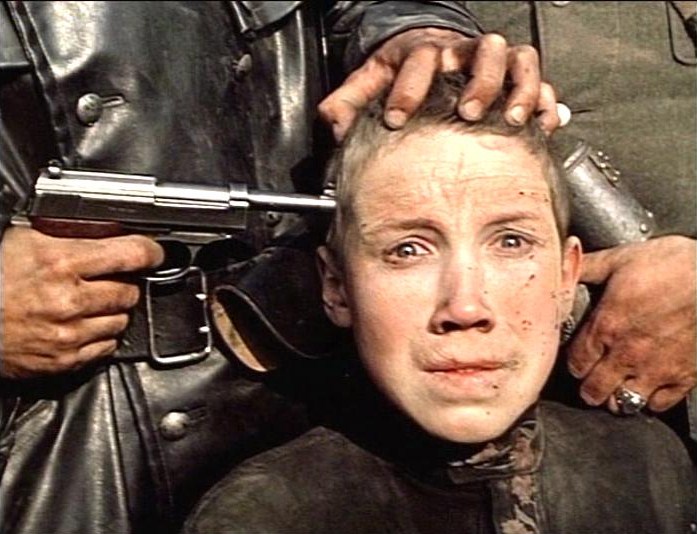
Come and See is the ultimate horror movie. Its the story of an invasion of a village in Byelorussia by German soldiers, forcing a young boy into the forest to join the weary Resistance fighters, against his family’s wishes.
You have never seen anything like this before, no horror movie has ever been as scary and no war movie has ever been as disturbing. There is no blood or gore, but a showcase of human beings in their most evil form committing some of the worst acts of inhumanity and cruelty known to man.
The sound design is something you are likely to hear in a nightmare or an episode of sleep paralysis, it’s seriously haunting and if there is a hell, Come and See has the score appropriate for it. If you are a student interested in editing or sound design, then this is a movie you need to experience.
Aleksei Kravchenko as a young boy forced to go to war and witness unbearable acts of human suffering is possibly one of the best child performances of all time, his face nearing the end of the movie says it all. War is hell.
This is truly one of the most horrific and accurate war movies ever made that all students of film should watch, not just because of the historical importance but because of the masterful way it’s been directed, edited and acted.
6. Pather Panchali (1955, Satyajit Ray)
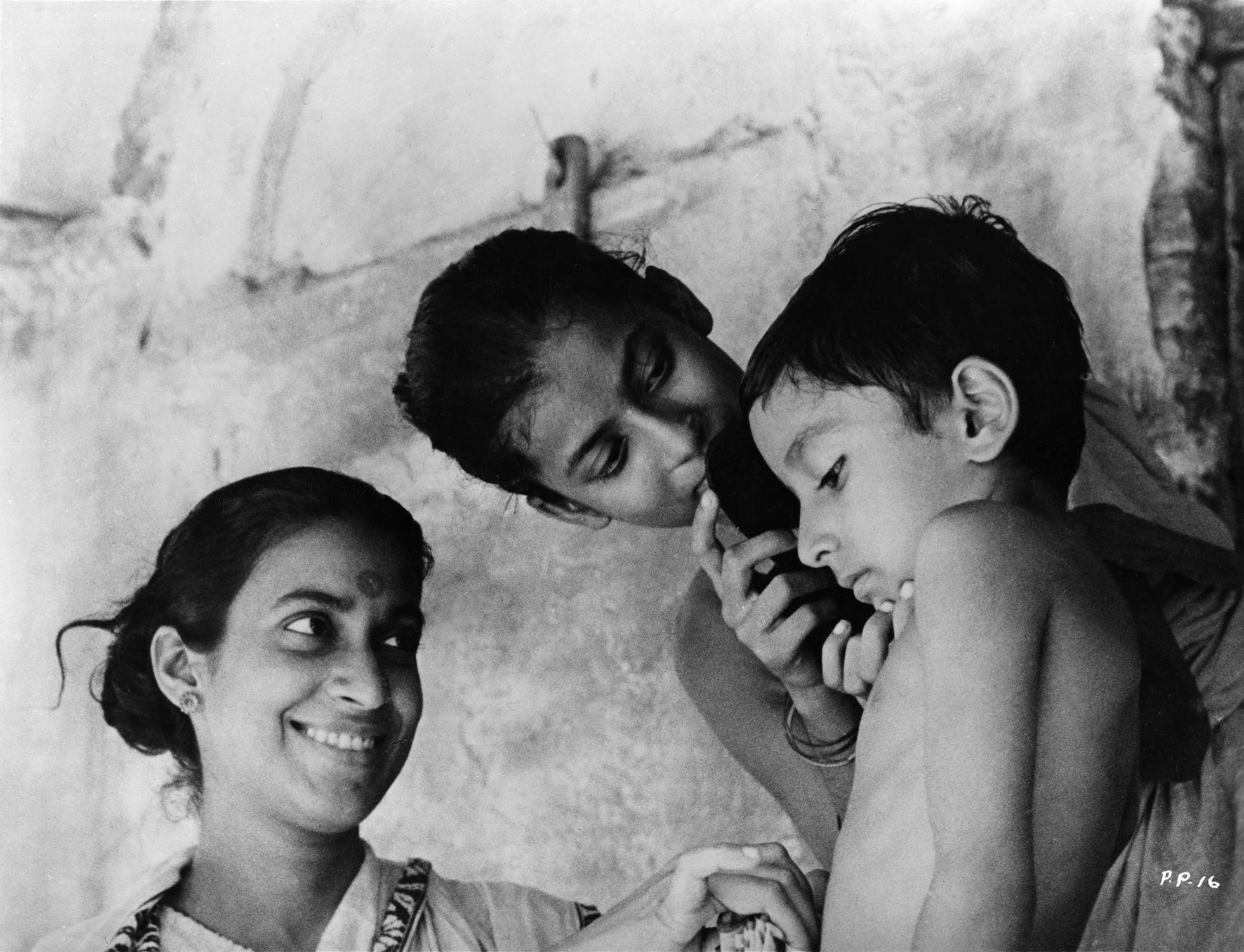
One of the finest example s of a perfect coming of age movie is Satyajit Ray’s Pather Panchali (The first entry in “The Apu Trilogy”). Featuring a young child named Apu living with his mother and older sister in a poor rural village, growing up and enjoying his childhood as best as he can while his family struggle to maintain their troubles.
If you pause this movie at any time, the chances are strong that what is on your screen is worthy and beautiful enough to be framed on a wall. It really is that wonderful to look at.
Pather Panchali is a motion picture that everybody should see in their lives at least once, not just film students, but families and couples too. It’s flowing with beauty and valuable life lessons about loss of loved ones and growing up, an incredible achievement in terms of storytelling and directing that everyone can learn from and take something from in some aspect or another.
The Best Human Document award at the 1956 Cannes Film Festival was given to Pather Panchali and it’s often described as a turning point in Indian cinema. For these reasons and the points written above, are why all film students (and everyone else!) should sit down and experience Apu’s childhood.
5. Breathless (1960, Jean-Luc Godard)
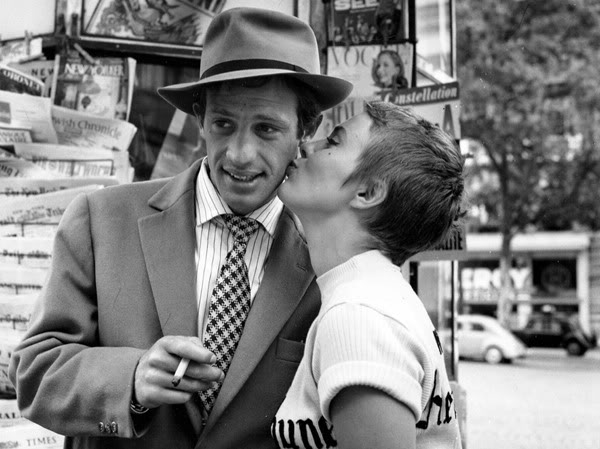
If you’re a film student , the chances are very high that you’ve already watched Jean-Luc Godard’s constantly cited Breathless due to your lecturers constantly reminding you of how influential and important this movie was for the world of cinema.
It’s a simple story of a young car thief who kills a policeman and tries to persuade a girl he’s in love with to hide in Italy with him , through a breezy 90 minutes you are left to experience the absolute epitome of the La Nouvelle Vague (The French New Wave) .
This is a movie that took the rule book of film-making , threw it to the ground, burned it and rewrote a new one. Every single aspect of Breathless was trying (and succeeding) to be new and different, scrapping the Hollywood system of filming inside sets , incorporating wild handheld camerawork and shot composition, making the main characters complete anti-heroes/villains and single-handedly re-inventing the way movies were edited and what techniques were used.
Breathless was the ultimate middle finger to the Hollywood system and without it you may not be studying film today.
4. Persona (1966, Ingmar Bergman)

A stage actor who has inexplicably turned mute is cared for in a remote island cottage by a talkative young nurse, and she slowly finds that her own personality is being submerged into the young nurse’s persona.
For all the experimental film students reading this, if you have yet to watch Persona, what are you doing ? Ingmar Bergman’s film is the definition of cinematic visual poetry, full of deep psychological depth and dream-like metaphorical imagery.
This is a piece of cinema that always crops up inside “best of all time” lists and has now achieved a huge following from film fans and students alike.
3. The Passion of Joan of Arc (1928, Carl Theodor Dreyer)
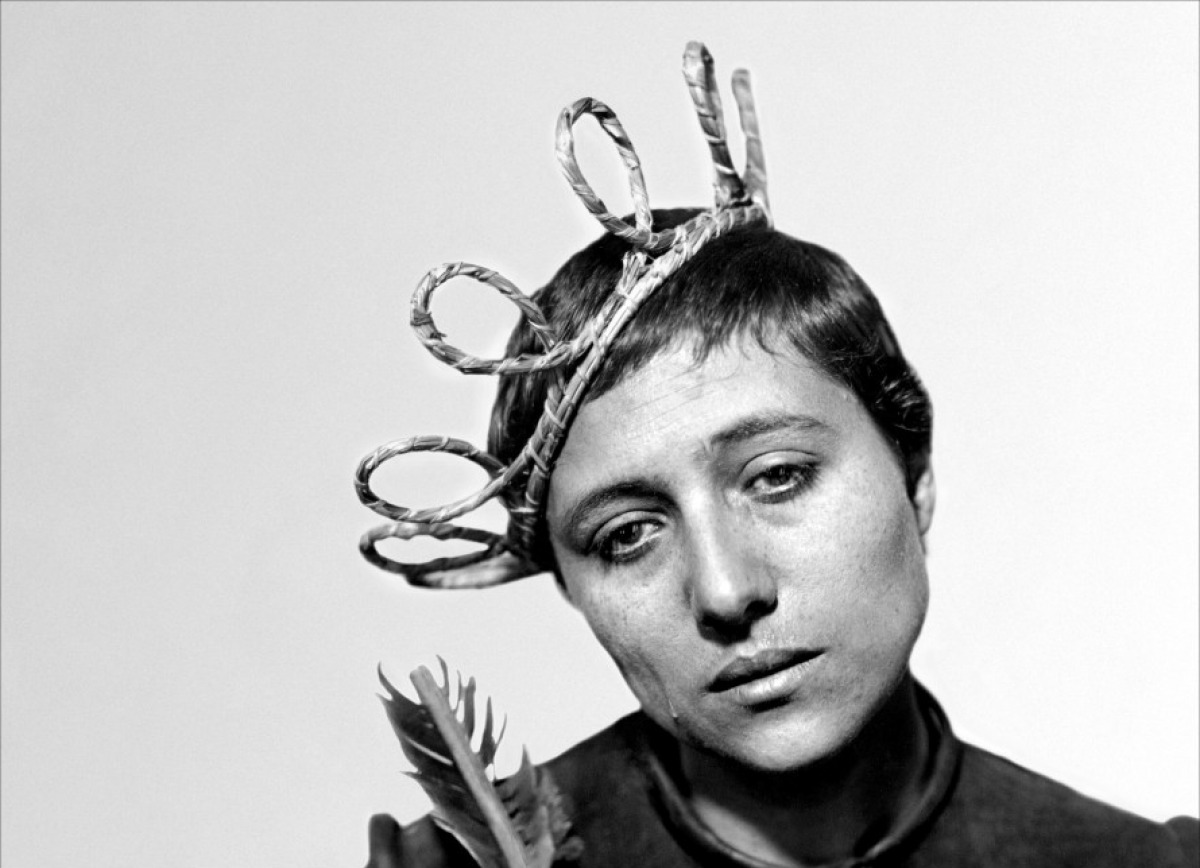
Another truly inspirational yet harrowing piece of cinema that has to be included on this list is Carl Theodor Dreyer’s tale of Joan of Arc, a young woman inspired by God to lead an army against the English, is put on trial by priests who try to force her to confess that her visions were false, in The Passion of Joan of Arc.
Similar to 12 Angry Men in the sense that it shows you don’t need to leave a single location or have a complicated plot for a movie to be utterly captivating, The Passion of Joan of Arc is driven almost entirely by Maria Falconetti’s facial expressions and perfectly timed cuts by editor Marguerite Beaugé.
If you wish someday to be an editor, then look no further for inspiration, this movie is solid proof of how important the timing of cuts are for emotional impact.
It’s a simple movie that has the power to stay with you for the rest of your life and has inspired dozens of film-makers over the years, I’m sure it will inspire you too.
2. Battleship Potemkin (1925, Sergei Eisenstein)
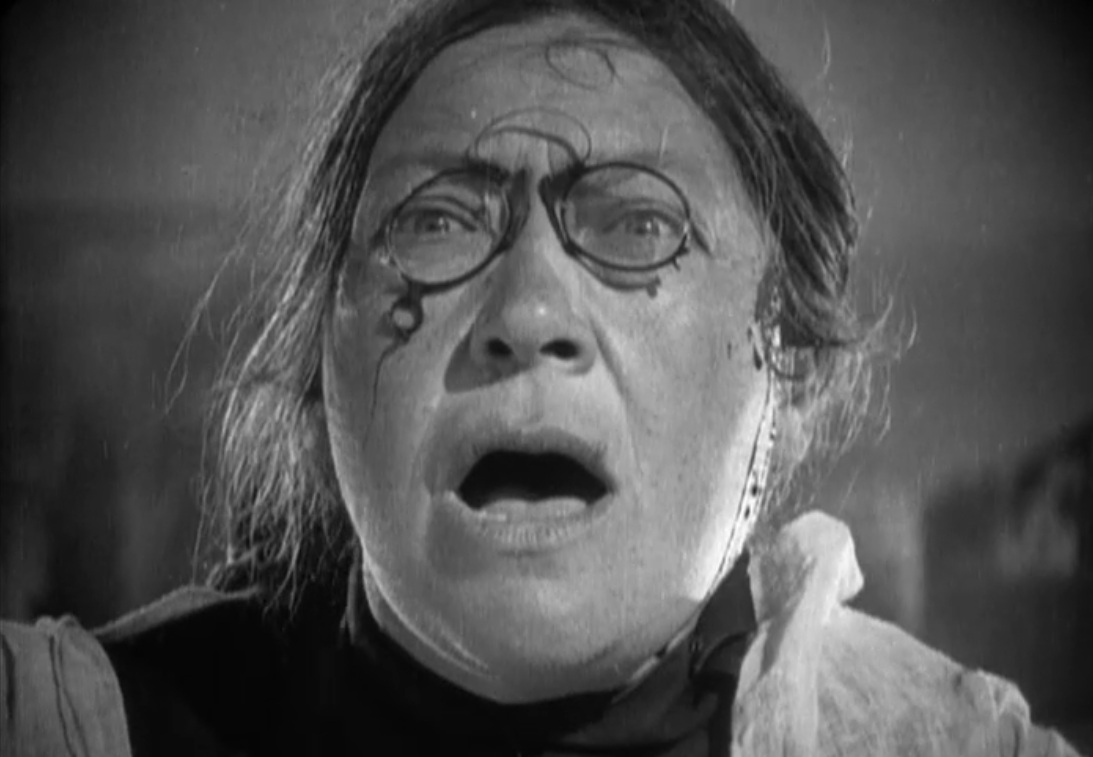
Sergei M. Eisenstein’s movie Battleship Potemkin may be flat out propaganda, but it’s the best type of propaganda there is since this motion picture is ground breaking in every single aesthetic way. The movie is based on the true events of the Russian Revolution of 1905 and had an incredible impact on the development of cinema and was a masterful example of one of the first uses of montage editing.
The action sequences on the battleship and the famous Odessa Steps sequence must have been unfathomable to choreograph and film but the results are spectacular, but what’s most impressive is the use of Eisenstein’s montage theory. He wanted to edit the film in a such a way to give the biggest emotional response to the viewer, feeling empathy for the rebellious soldiers and feeling nothing but hatred for their overlords.
Just like The Passion of Joan of Arc, Battleship Potemkim is an extremely important piece of cinema for those who want to master and understand what editing really means.
1. Rashomon (1950, Akira Kurosawa)
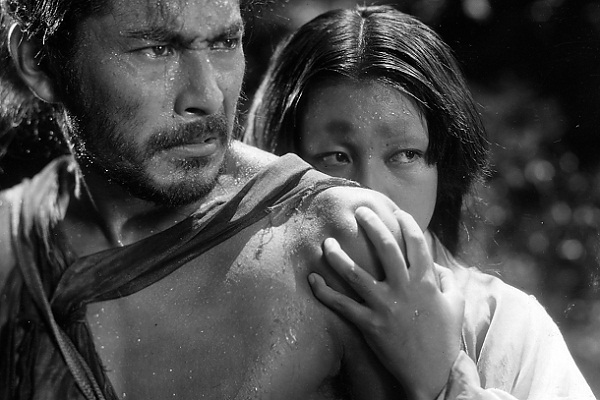
Akira Kurosawa’s definitive cinematic masterpiece Rashomon, a story in which a crime takes place as being told from three different travellers who have experienced the crime.
Which if any of the stories is true? This is a movie that engulfs you inside its own cinematic world through masterful storytelling with a narrative structure and pace that completely changed the way films were made for the rest of history.
The themes of truth, perception, jealousy and love are all examined and explored in detail while revolutionary fluid handheld camera work weaves its way around expertly paced and planned action sequences.
Rashomon is truly one of the best movies to watch for inspiration if you are an aspiring writer, director, editor, cinematographer, or absolutely anything related to film-making.
Author Bio: Kane Le-Petit is currently studying Film at Southampton University in the UK. He loves films from all around the world.